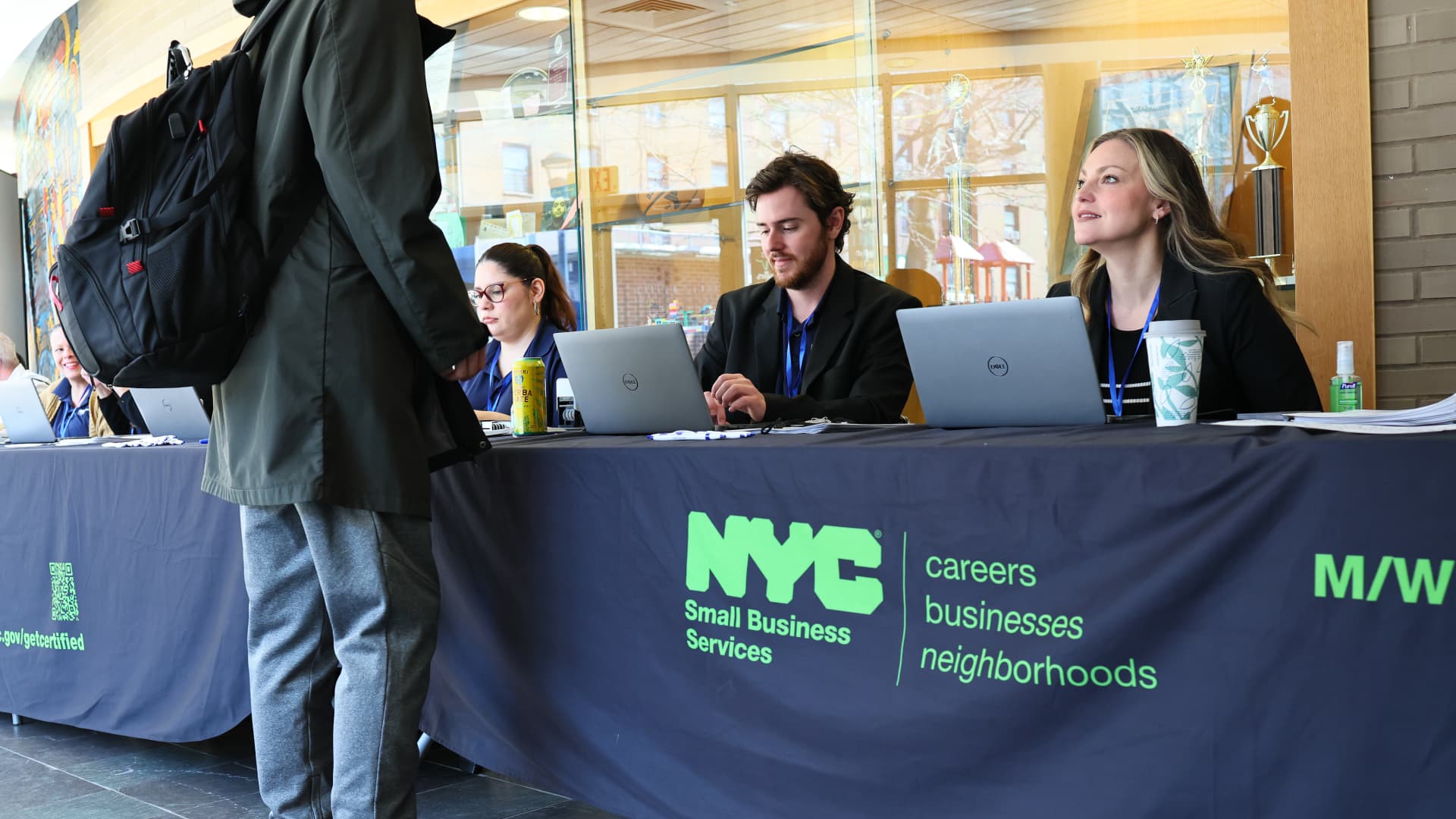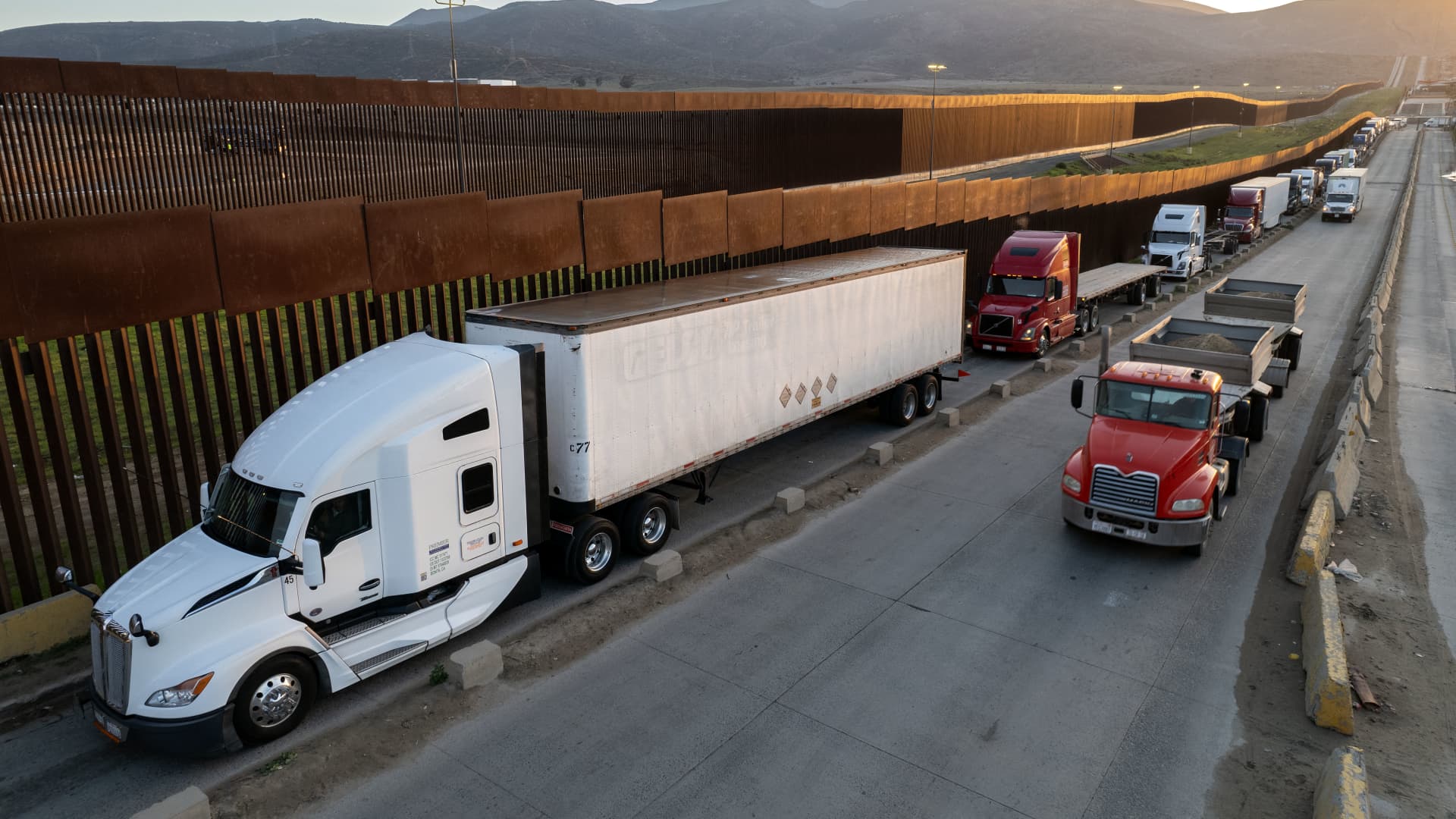Private payroll gains were stronger than expected in March, countering fears that the labor market and economy are slowing, according to a report Wednesday from ADP.
Companies added 155,000 jobs for the month, a sharp increase from the upwardly revised 84,000 in February and better than the Dow Jones consensus forecast for 120,000, the payrolls processing firm said.
The upside surprise comes amid worries that President Donald Trump’s aggressive tariffs could deter firms from adding to headcount and in turn slow business and consumer activity. Trump is set to announce the next step in his trade policy Wednesday at 4 p.m.
Hiring was fairly broad based, with professional and business services adding 57,000 workers while financial activities grew by 38,000 as tax season heats up. Manufacturing contributed 21,000 and leisure and hospitality added 17,000.
Service providers were responsible for 132,000 of the positions. On the downside, trade, transportation and utilities saw a loss of 6,000 jobs and natural resources and mining declined by 3,000.
On the wage side, earnings rose by 4.6% year over year for those staying in their positions and 6.5% for job changers. The gap between the two matched a series low last hit in September, suggesting a lower level of mobility for workers wanting to switch jobs.
Still, the overall numbers indicate a solid labor market. Recent data from the Bureau of Labor Statistics indicates that the level of open positions is now almost even with available workers, reversing a trend in which openings outnumbered the unemployed by 2 to 1 a couple years ago.
The ADP report comes ahead of the more closely watched BLS measure of nonfarm payrolls. The BLS report, which unlike ADP includes government jobs, is expected to show payroll growth of 140,000 in March, down slightly from 151,000 in February. The two counts sometimes show substantial disparities due to different methodologies.
Get Your Ticket to Pro LIVE
Join us at the New York Stock Exchange!
Uncertain markets? Gain an edge with CNBC Pro LIVE, an exclusive, inaugural event at the historic New York Stock Exchange.
In today’s dynamic financial landscape, access to expert insights is paramount. As a CNBC Pro subscriber, we invite you to join us for our first exclusive, in-person CNBC Pro LIVE event at the iconic NYSE on Thursday, June 12.
Join interactive Pro clinics led by our Pros Carter Worth, Dan Niles, and Dan Ives, with a special edition of Pro Talks with Tom Lee. You’ll also get the opportunity to network with CNBC experts, talent and other Pro subscribers during an exciting cocktail hour on the legendary trading floor. Tickets are limited!

 Economics6 days ago
Economics6 days ago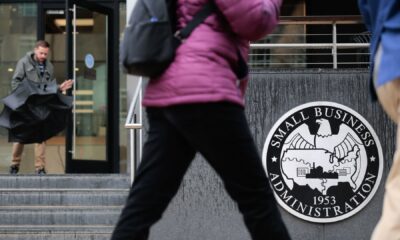
 Personal Finance1 week ago
Personal Finance1 week ago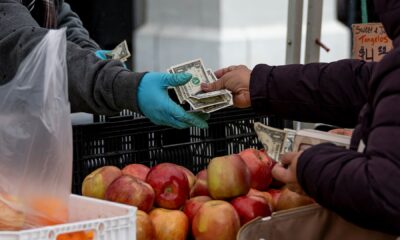
 Economics6 days ago
Economics6 days ago
 Economics1 week ago
Economics1 week ago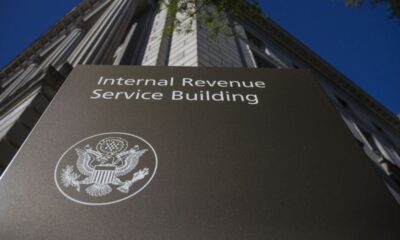
 Accounting5 days ago
Accounting5 days ago
 Economics7 days ago
Economics7 days ago
 Economics6 days ago
Economics6 days ago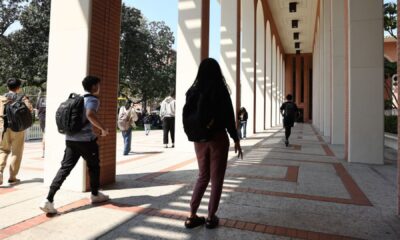
 Personal Finance1 week ago
Personal Finance1 week ago


